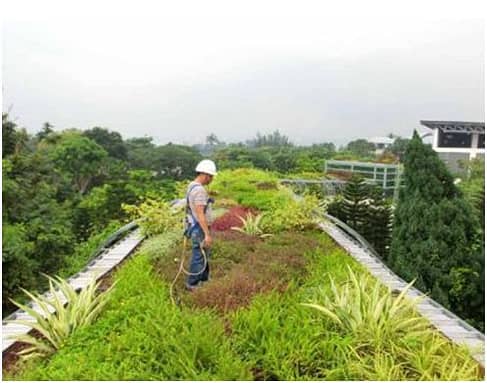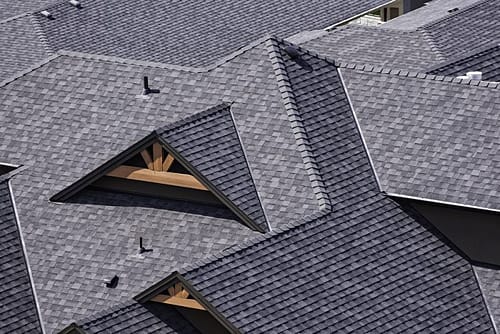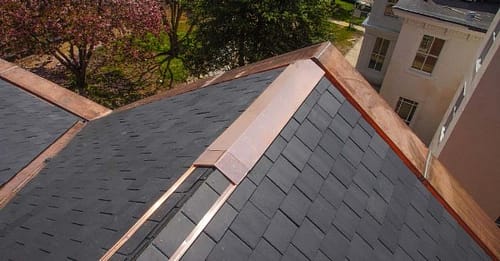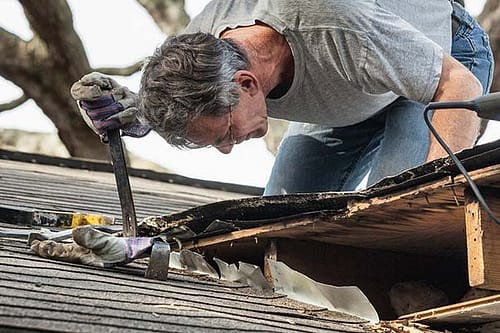There are many types of roofs and there are several variants of each roof shape. In the overview below you will find a list of the most common types of roofs.
Saddle roof
Saddle roofs are among the most popular roofs even today since they suit many different types of building styles. A gable roof consists of a combination of two roof surfaces that together form an inverted V-shape. The slope of the roof surfaces is at least 15 degrees. By making the roof steep, you create extra living space under the construction.
Flat roof
A flat roof is a roof that consists of one horizontal roof surface. There is usually a very small slope, which must ensure that the drainage can run smoothly. A flat roof looks very sleek and stylish. It is not sensitive to wind and it is easy to install. You can easily install solar panels or a solar water heater on a flat roof.
Lectern roof
A lectern’s roof is a certain roof shape that consists of a single roof surface (also known as the roof shield). In a house with this type of roof construction, one side is very high, while the other side is quite low. Some houses are equipped with a double music stand roof. In that case, both sides are opposite each other, but they have different heights.
Hipped roof
A hipped roof is an adapted saddle roof. It consists of two trapezoidal roof surfaces on the long side and two triangular-shaped roof shields on the short side. You often see this roof shape in somewhat older buildings and farms. Due to its aerodynamic shape, a hipped roof is resistant to gusts of wind.
Mansard roof
A mansard roof, also known as a broken roof or a French roof, it is a saddle roof with bent roof surfaces. Since the lower roof surfaces run steeper than the upper surfaces, there is more room in the space under the roof than with a standard gable roof. The advantages are relatively much space under the roof and a classic look.
Tent roof
A tent roof, also called a pavilion roof, pyramid roof or pointed roof, which consists of at least four triangular roof surfaces that converge at the top of the ridge point. The size of the roof shields can vary between themselves, making multiple roofs shapes possible. The space under a tent roof is small due to the steep roof surfaces.
Roof covering
A roof covering protects the home against all kinds of natural conditions and also determines the appearance of the home. An overview of the different types and the most suitable materials for each roof shape.
Roof tiles
Roof tiles as roof coverings are still popular. They are available in concrete and in clay and in various forms. The shape you choose depends on the slope of the roof and the desired look.
Slate roofing
Slates have been used for a long time as cover for the roof. In particular, artificial slates are very popular nowadays, it is very cheap when compared to roof tiles. Natural slates are more expensive, but they will last a lifetime.
Thatched roofing
A thatched roof exudes a lot of charm. It can be placed in an open or closed construction. The insulation value of reed is very good, making the placement of roof insulation superfluous in most cases.
EPDM
EPDM is made from rubber. This material has many advantages. It is easy to maintain, lasts a lifetime, does not tear and remains walkable all year round. It is a precious material.
Roof tile plates
Roof tile plates, roof tile profile plates, and roof tile panels are increasingly being used as roof coverings on house. Roof tile panels offer many advantages compared to traditional roof tiles, namely a longer service life, better storm resistance, a lightweight, and easy installation.




